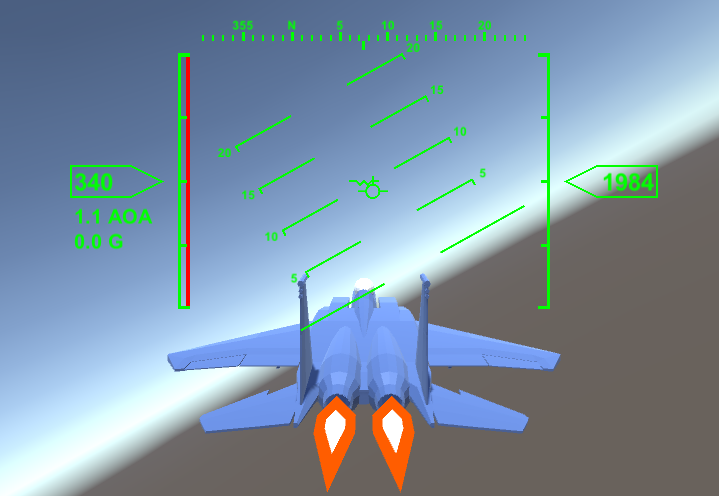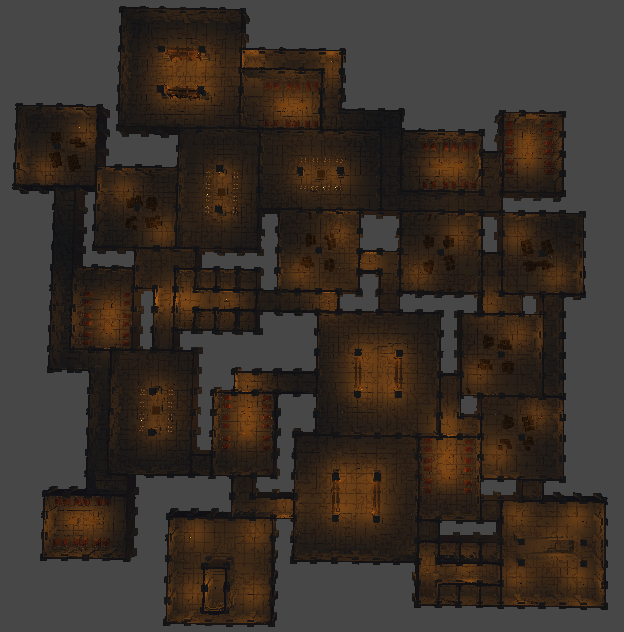This post will cover the use of PID controllers in video games.
If you’ve ever used your car’s cruise control, flown a quadrocopter, or piloted a rocket, then there’s a good chance that you’ve used a PID controller. A PID controller is a type of control loop that’s used for automation.
PID controllers are flexible since they can handle changing target values and changing external conditions. The PID can be configured by it’s designer to respond to changes in different ways. For example, one system might respond with fast, snappy movements, while another uses slow and gentle movements. Both can be achieved just by reconfiguring the PID controller.



